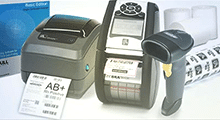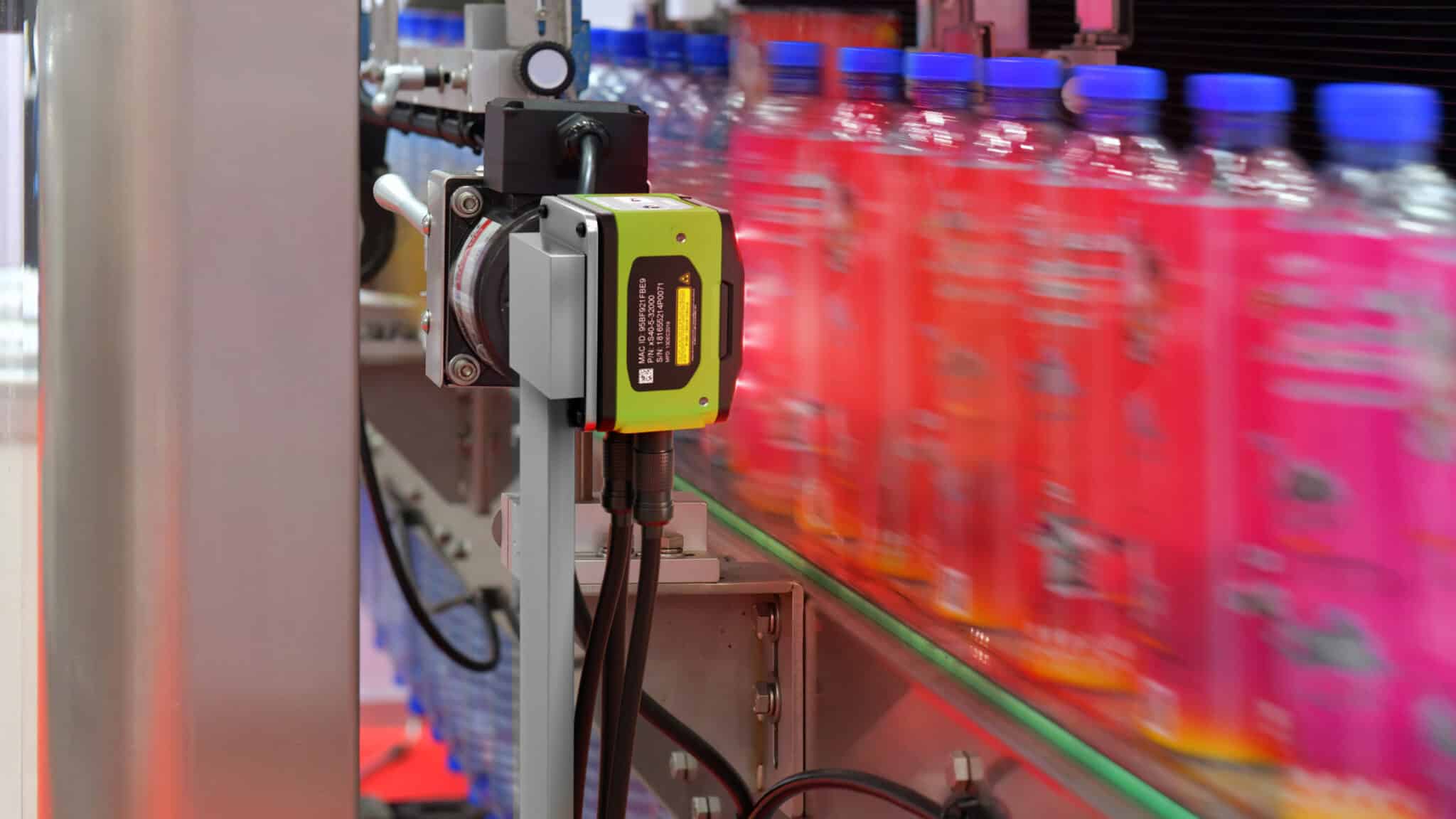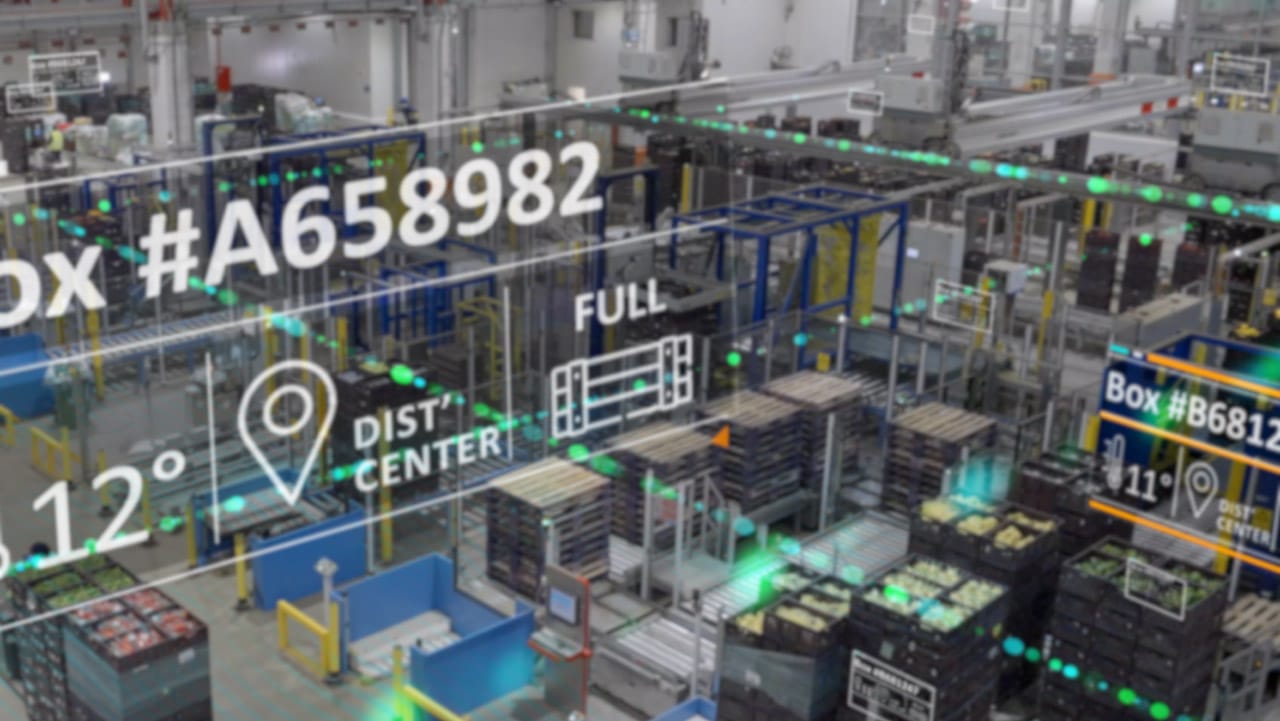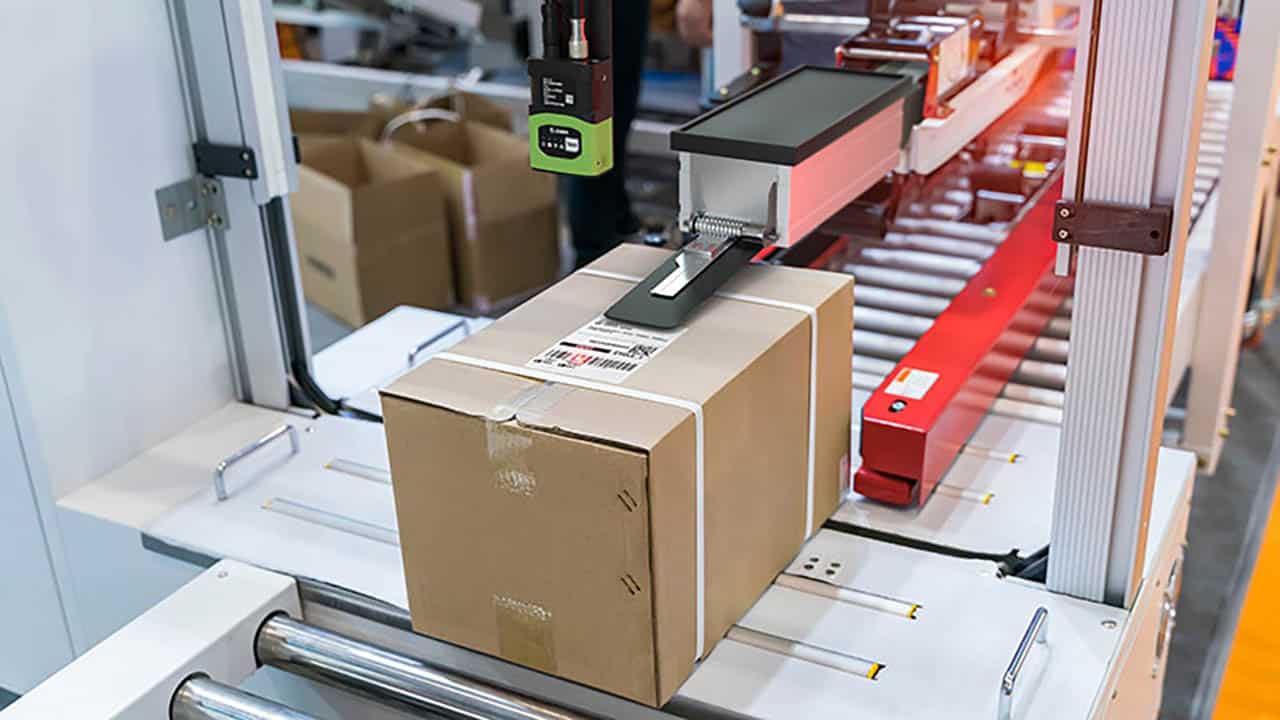Wireless communication is an integral part of a properly functioning warehouse or distribution center. The warehouse WiFi network has expanded beyond its initial role in connecting mobile computer and barcode scanners to the warehouse management system. Mobile and fixed station label printers, workstations, and even electronic signage now leverage the same wireless system, providing unlimited flexibility in the warehouse. Automated material handling equipment and, in some facilities, robotics systems also rely on the warehouse WiFi network.
That’s why no warehouse can afford to lose this critical connectivity when they need it the most. A reliable wireless infrastructure reduces inefficiencies and errors. Network failures can lead to unplanned downtime, and that equals lost productivity and revenue.
Maintaining a reliable warehouse WiFi network is much easier to achieve with the right planning and preparation. That includes steering clear of some common wireless pitfalls. Avoid these critical mistakes when it comes to your deploying or troubleshooting a WiFi network in your warehouse:

Mistake #1: Deploying Warehouse WiFi without a Site Survey
Because warehouse WiFi systems have been in use for so long, it is tempting for warehouse operators to simply launch into a new installation without proper planning. But for a new warehouse, deploying a WiFi network without a site survey can be disastrous.
A professional site survey is essential to starting the wireless project off on the right foot. The site survey helps ensure that access points are properly located and spaced evenly to create seamless coverage. The site survey also helps identify potential interference issues, security vulnerabilities, and can help users plan for future network expansion.
Essential steps for a successful wireless infrastructure deployment include:
- Conduct a wireless network site survey.
- Utilize the heat map from the site survey to plan the access point locations.
- Consider the environment and the obstacles that can interfere with warehouse WiFi coverage (high ceilings, racks, shelves, machinery, etc.).
- Create a plan to wire and connect wireless access points to the network via CAT5e or CAT6 cables.
Mistake #2: Fixing Warehouse WiFi without a Site Assessment
The performance of a warehouse WiFi system will change as more devices are added over time, and as the layout of the warehouse evolves to meet demand. Addressing inadequacies within the wireless infrastructure reduces inefficiencies and errors associated with dropped connections. However, identifying and correcting these problems can be a challenge for the internal IT staff. In most cases, the help of a wireless expert is a must.
A professional site assessment for your warehouse can make it easier to identify performance issues and address them—including everything from incorrect antenna aiming and channel assignments to outdated firmware. An outside expert can get to the root of the problem without wasting the valuable time of your internal team.
A professional site assessment should include the following elements:
- Location identification for the best access point placement
- Identification of any environmental factors that could disrupt the network
- Propagation frequencies testing
- Specifications for network adjustments
- A final report/plan to mitigate connectivity issues
Mistake #3: Turning up the Power
When a warehouse experiences dropped connections or poor wireless performance, it is tempting to simply turn up the power on the access points to compensate for dead spots. However, this is not an efficient approach to optimizing network performance. In fact, those connectivity problems could be a sign of a failing network or the presence of objects that are blocking the signal.
Maxing out the power level on all access points is not the solution you need for your network. In fact, it could lead to even more problems, as wireless devices will begin attempting to connect to access points all over the facility, rather than the closest one.
Your network doesn’t need more power. It needs the right mix of access points that are properly located and configured to meet your warehouse needs. A professional technician or wireless consultant can help ensure your warehouse is properly set up to handle your device load without the need to turn up the power.
Conclusion
Warehouse WiFi systems are complex, and require in-depth knowledge and expertise to successfully plan, deploy, and maintain over time. Most internal IT departments are ill-equipped to do so. Without expert guidance, your warehouse could suffer from dropped connections, network failures, and inefficiency that will directly impact productivity and revenue.
The experts at Peak Technologies can provide an initial site survey to determine the best wireless network configuration for your warehouse. Our team also provides complete system installation services, including network hardware and access points. For existing warehouse WiFi networks, Peak Technologies can provide a comprehensive site assessment to address connectivity, configuration, and hardware failures issues.
Peak Technologies’ pre-installation services and implementation planning processes can ensure that the wireless installation is both fast and successful. Contact us today to find out how we can help you with your wireless warehouse needs.




































